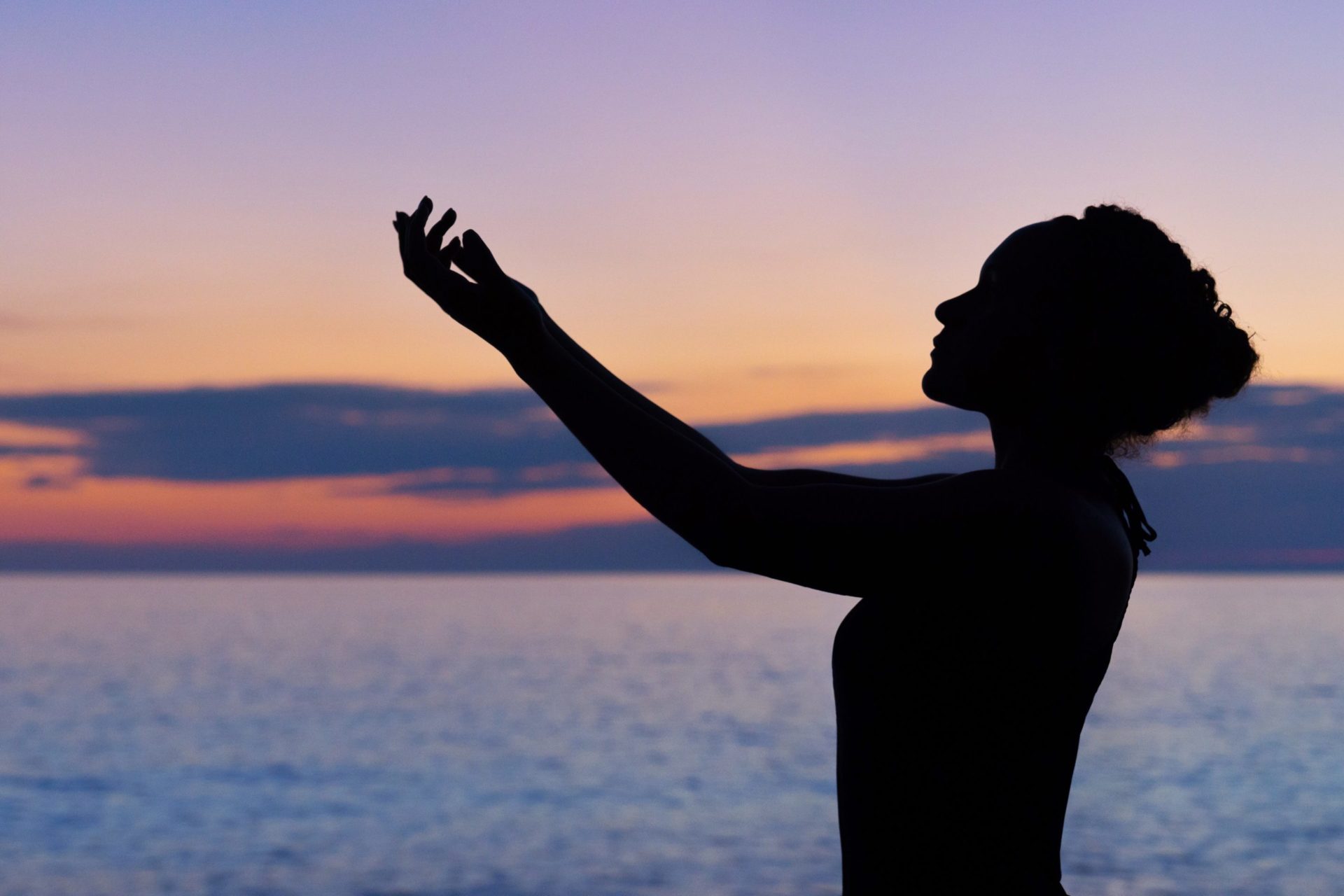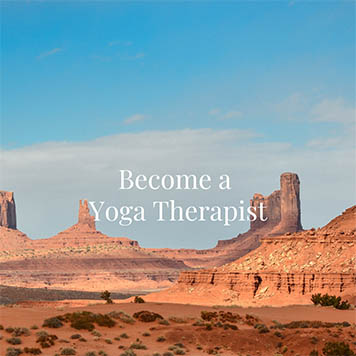Bending Over Backwards – Lessons of Failure from a Yogi
I’m lying on the floor, face up. My back is extended over a thick, hard bolster and my head and neck hang off the end. I can only see the wall behind, upside down. The bolster pushes me upward, forcing me into a deep back arch. My legs are bent, knees opened away from each other, bottoms of my feet pressed together. I’m in supported, lying butterfly pose and it’s supposed to be relaxing. I’m to ‘let go’ and give in.
I feel completely exposed and vulnerable. I’m splayed open to the world, or at least to the 20 foot ceilings of this lofty room. My chest is so high and distended, my heart feels like a target to stomp on. I want to coil in and cross my arms over my chest for protection, but the instructor has directed me to keep them out to the sides. The position is so unnatural and foreign, my brain can’t figure out which muscles to use to get out of it.
I tell the teacher it hurts. He tells me to stay.
I stay. Tears come.
This is my very first yoga class.
I go back the next week.
Every posture I try hurts. Some I can’t get into at all, but there are ropes, blocks and assistants to push and pull me in correctly. I sneak peeks at others. They all seem fine. I am drawn to the exoticism of the east and the carrot of a connection between my mind, body, and spirit. The teachers, however, seem most concerned my heels don’t reach the floor in downward facing dog.
I try more studios, more styles. I buy the lycra and tone down my too-loud voice. I act more serious, more earnest, not full syrup, but I begin to deek towards the reverent. My postures aren’t improving and my efforts are starting to do a number on my already-wonky back.
I’ve been here before. Not in these particular studios, but in this place of trying, struggling, feeling ill-fitted, always looking around at others to determine my ranking and to find my validity. I’m so at home with not feeling at home, I don’t question any of it.
In reality, I was already a seasoned bender. I’m a woman after all, in a culture where so much about me is considered wrong. “The most notable fact our culture imprints on women is the sense of our limits.” is how poet Adrienne Rich put it. I knew very well the mantra I must change, I must change. My daily practices include a twist to please, a torque to accommodate others, and a contraction to not take the lead.
We’ve all been fed lies about ourselves and each other. We have inherited accepted ideas about what’s important in life, how to act and who to be. We’re raised with judgements on what abilities and traits are valued most and whose lives matter more than others. And since current studio-styled yoga doesn’t exist outside the strong forces of cultural influence, it sometimes, unknowingly, props it all up.
Eventually I became a yoga teacher and taught lots of classes. My back became progressively worse. I could no longer sit cross legged to meditate without a wall for support. I faked a lot. My verbal cueing improved, as my ability to demonstrate forward bends diminished.
One morning, in front of a packed class, my back gave way, and I crumpled. I had to be helped out of the studio to my car. A failed yogi for all to see.
But what I had been seeking in other parts of my life, was in fact hiding behind the glossy expressions of the profession I was already in. I found an entirely different approach to yoga. Not just another style, this tradition had a whole new take. Instead of trying to mould my body into postures, the poses were adapted to fit to me. There was no pressure to get ‘better’ at them. They were to be used if helpful. Some I shouldn’t do at all. No more paścimatānāsana (seated on the floor, legs extended straight out, forward-folding-back-destroyers) for Nancy.
That you are not supposed to conform to yoga and it conforms to you, was an inversion worth investigating. I took to it pretty quickly. It was intellectually interesting and my whole being started to sigh with relief. Yoga as it was intended, was about getting to know myself – body and beyond. Postures were only one tool in a philosophy that was just as interested in my fiery constitution, analytical mind and dislike of new age music. This comprehensive yoga offered counterposes to heal my back and to the social conditioning and other influences messing with my head and heart.
Kaivalyam is a sanskrit word meaning freedom. It is the goal of yoga. It is when expectation, hurts and old ways of thinking are no longer running the show. Kaivalyam is the feeling when we know, as poet Warsan Shire says, “I belong deeply to myself.”
My yoga practice is now about my relationship with me. I have learned how to practice and consciously participate in my life in ways that make me stronger. I’m way less susceptible to imposed standards and ideals and I rarely bend in ways that compromise my body and more importantly, my spirit.
Thousands of downward dogs later, my heels are still several inches off the floor. It might look the same, but it’s not. Now when I’m in it I’m relaxed. I’m not straining to get somewhere other than where I am. I don’t even think about judging it. I’m simply breathing and paying attention.
I’m on a posture date with myself. And I’m a pretty good date.
——–
Nancy Hunter is a Yoga Teacher and Yoga Therapist in the Tradition of Viniyoga through Mr. TKV Desikachar. She lives in Halifax, Nova Scotia, Canada. Find her on FaceBook.




